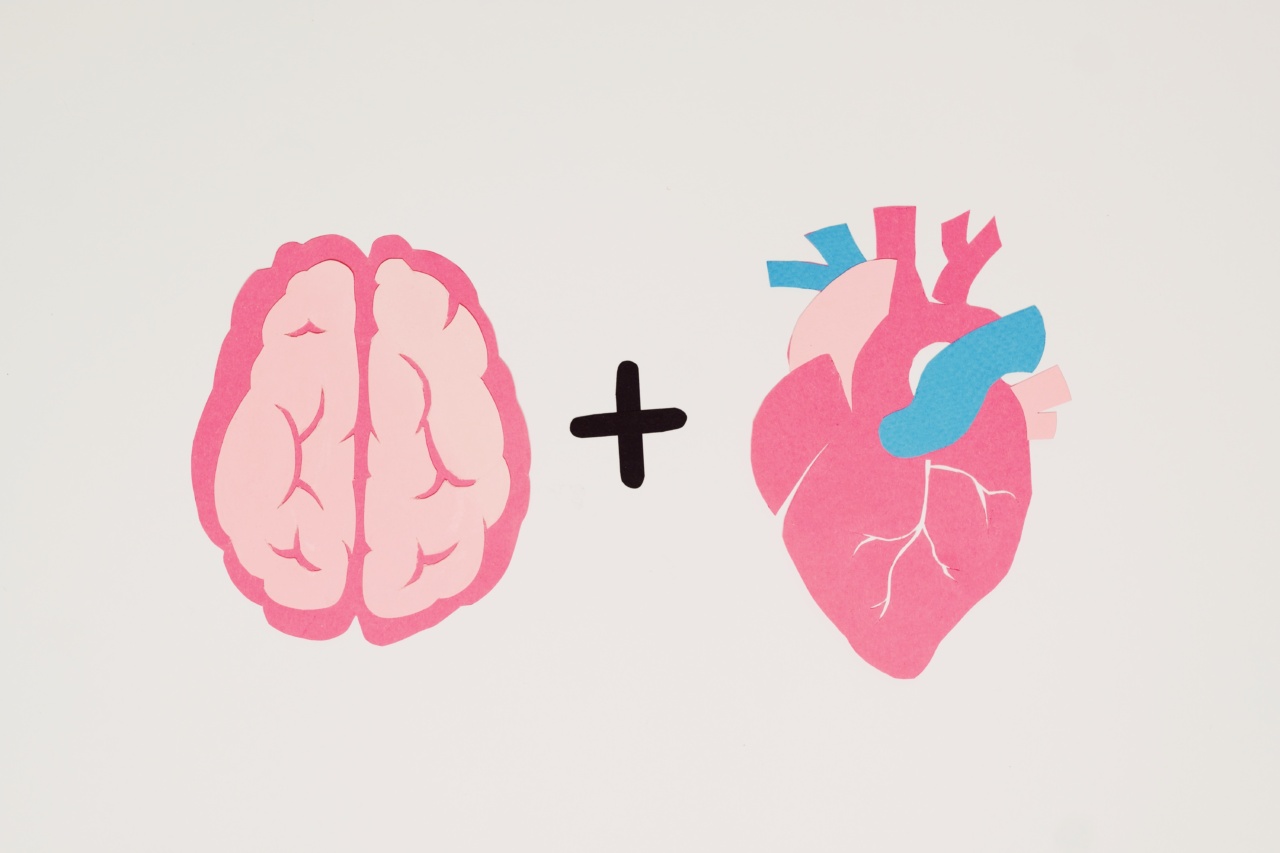Thrombotic complications, such as strokes and heart attacks, can have severe consequences and even be life-threatening. However, with proper prevention and management, the risk of these complications can be significantly reduced.
In this article, we will explore different strategies to easily manage thrombotic complications, particularly those involving the brain and heart.
Understanding Thrombosis
Thrombosis occurs when a blood clot forms inside a blood vessel, obstructing the normal flow of blood. This can happen in the arteries or veins and can lead to various complications based on the affected site.
In the brain, thrombosis can cause a stroke, while in the heart, it can result in a heart attack.
Identifying the Risk Factors
Various risk factors contribute to the development of thrombotic complications. Some common risk factors include:.
- Age
- High blood pressure
- Smoking
- Obesity
- Diabetes
- High cholesterol levels
Implementing Lifestyle Changes
One of the easiest and most effective ways to manage thrombotic complications is through lifestyle modifications. Adapting a healthy lifestyle can significantly reduce the risk of developing blood clots in the brain and heart.
Here are some key lifestyle changes:.
- Regular exercise: Engaging in physical activity helps improve blood flow and reduces the risk of clot formation.
- Healthy diet: Consuming a balanced diet rich in fruits, vegetables, whole grains, and lean proteins can lower the risk of thrombosis.
- Smoking cessation: Quitting smoking is crucial as it greatly contributes to the risk of thrombotic complications.
- Weight management: Maintaining a healthy weight reduces the strain on the cardiovascular system and decreases the chances of blood clot formation.
- Controlled blood pressure: Monitoring and managing blood pressure levels is essential to prevent thrombosis.
The Role of Medications
In addition to lifestyle changes, healthcare professionals may prescribe certain medications to further manage thrombotic complications. These medications include:.
- Antiplatelet drugs: Aspirin and clopidogrel are commonly used to prevent blood platelets from sticking together, reducing the risk of clot formation.
- Anticoagulants: Medications such as warfarin and heparin prevent blood clots from forming or getting larger.
- Statins: These drugs help lower cholesterol levels and reduce the risk of plaque formation in blood vessels.
- Antihypertensives: If high blood pressure is present, medications to control blood pressure may be prescribed.
Timely Medical Interventions
In cases where individuals already have a high risk of thrombotic complications, medical interventions may be necessary. These interventions include:.
- Carotid endarterectomy: This procedure removes plaque buildup from the carotid arteries, reducing the risk of stroke.
- Angioplasty and stenting: Using a small balloon and stent, this procedure helps widen narrowed blood vessels and improve blood flow.
- Coronary artery bypass grafting (CABG): In severe cases of coronary artery disease, CABG may be performed to bypass blocked or narrowed arteries.
Regular Monitoring and Follow-ups
Once a person has experienced a thrombotic event or is at high risk, regular monitoring and follow-ups are essential. This ensures that their condition is closely monitored, and appropriate adjustments can be made to the treatment plan if necessary.
Recognizing the Warning Signs
It is crucial to be aware of the warning signs of thrombotic complications to seek medical help promptly. Some common symptoms include:.
- Sudden weakness or numbness on one side of the body
- Difficulty speaking or understanding speech
- Chest pain or discomfort
- Shortness of breath
- Severe headache
Providing Education and Support
Lastly, it is important to provide education and support to individuals at risk of thrombotic complications. This includes raising awareness about the risk factors, prevention methods, and available treatment options.
Support groups and counseling can also be valuable in helping individuals cope with their condition.





























